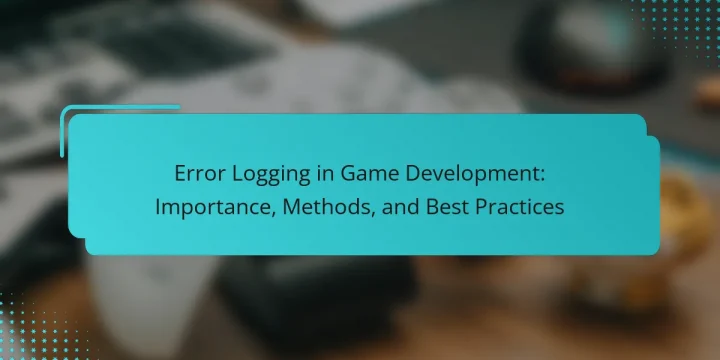
What is Cross-Platform Testing in Game Development? Cross-platform testing in game development is the process of verifying that a game performs consistently across different platforms. This includes various consoles, PCs, and mobile devices. The goal is to ensure that gameplay, graphics, and functionality remain intact regardless of the platform used. Cross-platform testing helps identify and resolve platform-specific issues. It also ensures a seamless user experience for players on different devices. The process often involves automated testing tools and manual testing strategies. These methods help developers detect compatibility issues early in the development cycle. Effective cross-platform testing can significantly enhance the game's overall quality and player satisfaction. Why is Cross-Platform Testing important in game development? Cross-platform testing is crucial in game development to ensure compatibility across various platforms. It allows developers…








